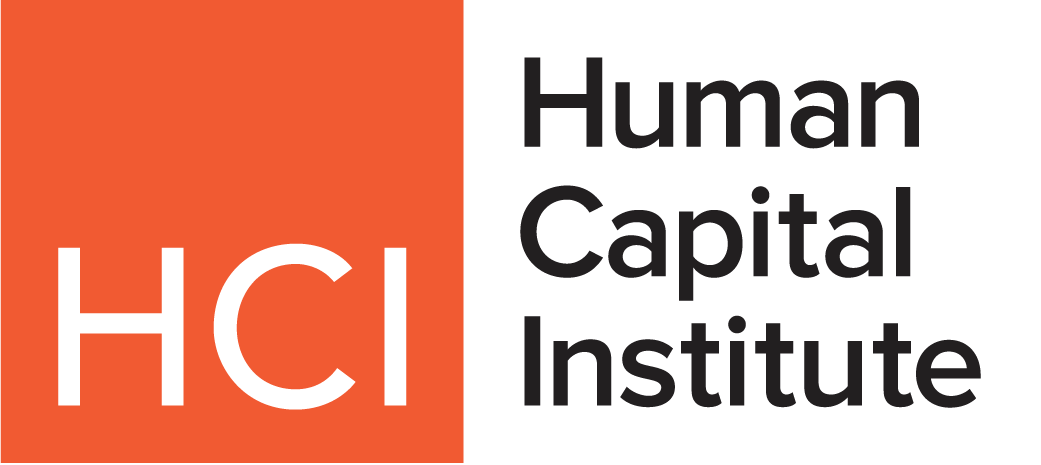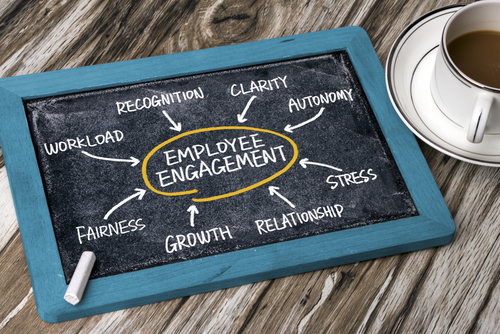Employee disengagement is a costly, complex challenge facing companies across industries. Once enthusiasm wanes and connection to the organization weakens, productivity suffers, morale dips, and turnover risk climbs. Yet despite the complexity of the issue, many leaders continue to chase quick fixes—a flashy team-building retreat, a new set of perks, or a last-minute morale booster.
These efforts may create momentary buzz, but they rarely deliver long-term engagement.
“Disengagement doesn’t happen overnight, so why do we think we can fix it in one?” says Matt Cross, executive coach and author of the upcoming book Subtle Shifts. “Most leaders treat disengagement like a sudden problem to be solved with a quick fix. They dream up bold initiatives, but these rarely work. If people drift away slowly, they need to be led back just as intentionally.”
The Impact Imperative: Beyond Surface-Level Engagement
Experts agree that effective re-engagement is less about showmanship and more about deliberate, sustained action. A recurring theme in their advice: listen, clarify purpose, and reconnect employees to each other and the broader mission.
According to Jill Havely, Managing Director and Global Community Excellence Leader at WTW‘s Employee Experience Business, the key to success lies in moving beyond engagement to something deeper: employee impact.
“Employee impact goes beyond momentary engagement by focusing on how employees can make a meaningful difference in their roles and the broader organization,” says Havely. She points to WTW research which found that organizations scoring high on employee impact saw 8% revenue growth and a 6% boost in profit margins over three years. These organizations also saw an 8% increase in EBITDA and improved customer satisfaction. “By aligning their work experience with these goals, companies can create a more motivated and high-performing workforce,” she adds.
Start with Listening and Accountability
Sara Green-Hamann, owner of Tallwood Human Resources Consulting, recently worked with a mid-sized operations team grappling with low morale. “We started listening,” she says. “We did small group conversations facilitated by an experienced HR leader.”
The key wasn’t just collecting feedback but sharing what could and could not be acted on—and why. “Employees appreciated that we listened to what they needed as well as knowing why we couldn’t make a change,” says Green-Hamann.
That transparency built credibility. The team also implemented leadership coaching and tied people-leadership expectations directly to performance goals. “Engagement started to rise when employees saw their managers being held accountable,” Green-Hamann says.
The company also made a concerted effort to reconnect employees to the company mission. “We started by implementing a company update at each shift meeting, helping employees recognize how their jobs impacted the bottom line of the company,” Green-Hamann explains. “We also included a monthly update from the CEO, who would provide key information on the direction of the company as well as answer any questions that employees may have.”
This transparency and recognition helped reposition disengaged employees not as a problem to solve, but as partners in a shared solution. “These actions helped employees feel part of the solution, not just the problem,” Green-Hamann says.
Create Meaning, Not Just Perks
Offering more perks may seem like an easy win, but Cross cautions that these efforts can backfire. “One of the biggest mistakes I see is leaders trying to add things to spark engagement. They invest in swag, happy hours, and team-building events. But all that activity can feel like a cover-up. People don’t want more stuff. People want more clarity, more connection, more purpose.”
He also notes that leaders need to change how they view disengaged employees. “We often assume disengaged employees are lazy, resistant, or entitled. However, those assumptions block empathy and stall progress. The best leaders pause to question their assumptions. They ask: Is that true? What’s actually going on here? What might I be missing? That subtle shift in perspective changes what leaders notice, deepens connection, and reshapes how they lead.”
Rebuild Through Communication and Trust
Robert Kovach, PhD, a former Director of Executive Talent at Cisco, emphasizes communication as the linchpin of any re-engagement strategy. “Communication is a leader’s secret superpower when it comes to managing and retaining talent,” says Kovach. Especially in hybrid or remote settings, employees often feel less informed than leadership assumes. “Add hybrid and remote roles to the mix and the level of casual, organic conversations plummet compared to our ‘pre-2020’ office environments.”
The solution?
More transparency and regular check-ins. “Don’t worry if they read every line of every town hall update,” he says. “It’s access to information as much as knowing detail that fosters trust, shows accountability from the top, and reinforces a corporate culture of transparency.”
Kovach points out that middle managers play a key role in this process. “Your middle managers are your megaphones: they are most likely to field follow-up questions and report back up where the vulnerabilities are. To be blunt, whatever the specific problem is—communication is the fastest way to identify it.”
The Team as the Engine of Re-Engagement
A robust body of research supports the idea that team strength is foundational to engagement. Alexandra Suchman, CRO and co-founder, shares a white paper, Why Play Is An Essential Element of Employee Retention, from Barometer XP which outlines how team dynamics are central to cultivating connection. Drawing from Google’s Project Aristotle, they identify five traits of high-performing teams (psychological safety, dependability, structure and clarity, meaning, and impact) along with a three-level framework for using play to rebuild teams: bonding, building, and development.
Each level adds depth.
Team bonding creates familiarity and trust. Team building involves reflective exercises that deepen understanding. Team development ties these efforts to real work outcomes. As the white paper explains, “With each additional session, a team strives to become greater than the sum of its parts.”
Real-world case studies reinforce this approach. One AI-based marketing firm used monthly game sessions to unify teams across three cities. Another organization in cybersecurity paired play with reflection to rebuild trust after leadership changes. In both examples, structured play served not just as a social activity, but as a vehicle for cultural alignment.
Building Impact with Purpose and Resilience
The focus must shift from generic engagement efforts to fostering genuine employee impact, Havely says. “Clearly communicate the company’s mission and how each employee’s role contributes to it,” she advises. “When employees see the bigger picture, they are more likely to feel a sense of purpose and motivation.”
Support also plays a role. “Provide ongoing training and development opportunities,” says Havely. “Employees who feel they are growing and learning are more likely to be engaged and impactful.”
Finally, don’t overlook the power of resilience. Flexible work options, mental and physical wellness support, and regular, transparent communication all serve to reduce stress and increase organizational loyalty. “Actively seeking input from employees through surveys, focus groups and informal check-ins is critical,” says Havely. “When employees feel heard they are more likely to feel supported and valued.”
Conclusion: Re-Engagement is a Cultural Commitment
Winning back disengaged employees isn’t about quick fixes or superficial perks. It requires deliberate, sustained effort built around trust, purpose, communication, and accountability. It also demands a willingness to challenge assumptions and embrace subtle, meaningful shifts in how leaders engage.
“To truly transform an organization, focus on employee impact,” says Havely. “Inspiring, supporting, and building resilience in a workforce can create a culture where every employee feels empowered to make a meaningful difference.”
The journey from disengagement to impact isn’t linear. But for organizations willing to invest in real change, the reward is not just re-engaged employees—it’s a stronger, more aligned, and future-ready workforce.
Lin Grensing-Pophal is a Contributing Editor at HR Daily Advisor.




